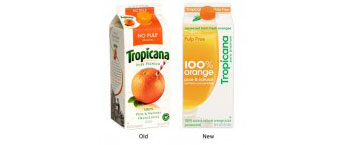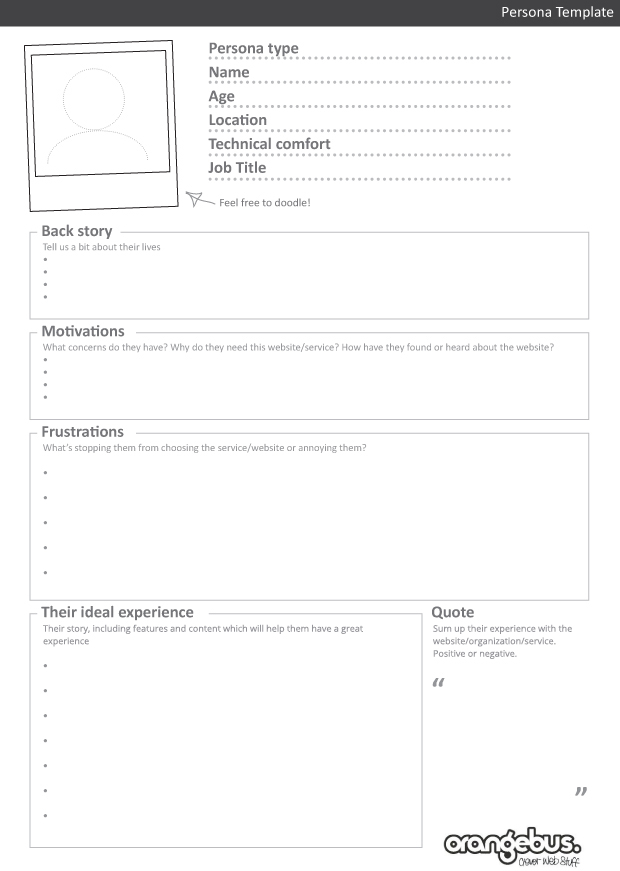Quarter 2, 2015
A well-designed company logo is priceless. It creates brand awareness, helps generate sales and promotes brand loyalty. On the other hand, an ill-considered or badly executed logo can push potential customers away from your brand, diminish sales and hurt your business.
Several well-known companies have experienced both ends of this spectrum by mistakenly replacing their existing, popular logos with new branding that proved ineffective and even upsetting to their customers. Here are six good examples of what not to do.
 Animal Planet Animal Planet's classic, popular logo featured an elephant and a small planet Earth. When the channel was rebranded, the new all-type logo featured the letter “M” turned sideways. Viewers saw the text as a jumbled mess that, ironically enough, looked unnatural. Despite the criticism, Animal Planet has stuck with their rebranding.
Animal Planet Animal Planet's classic, popular logo featured an elephant and a small planet Earth. When the channel was rebranded, the new all-type logo featured the letter “M” turned sideways. Viewers saw the text as a jumbled mess that, ironically enough, looked unnatural. Despite the criticism, Animal Planet has stuck with their rebranding.
 SyFy In one of the more notable branding mistakes, the Sci-Fi Channel tried to be hip by changing its logo to the text-friendly SyFy and asking people to “Imagine Greater.” Unfortunately, no one could imagine why a company would change its name to a spelling that could be pronounced like the slang term for syphilis.
SyFy In one of the more notable branding mistakes, the Sci-Fi Channel tried to be hip by changing its logo to the text-friendly SyFy and asking people to “Imagine Greater.” Unfortunately, no one could imagine why a company would change its name to a spelling that could be pronounced like the slang term for syphilis.
 Tropicana Tropicana replaced its iconic straw in the orange with a glass of orange juice and the brand name running vertically on the carton. Customer backlash to the redesign was so severe that Tropicana’s sales dropped 20 percent, and, after just one month, the old logo was restored. Company president Neil Campbell said he “underestimated the deep emotional bond” consumers had with the previous logo.
Tropicana Tropicana replaced its iconic straw in the orange with a glass of orange juice and the brand name running vertically on the carton. Customer backlash to the redesign was so severe that Tropicana’s sales dropped 20 percent, and, after just one month, the old logo was restored. Company president Neil Campbell said he “underestimated the deep emotional bond” consumers had with the previous logo.
 The Gap After two decades of using a simple, elegant logo that featured its name on a blue field, The Gap decided to lowercase the name and use a smaller, offset box. The response was swift. Critics called the rebranding effort uninspired, and consumers had more pointed critiques to offer on social media. The Gap returned to its previous logo just two weeks later.
The Gap After two decades of using a simple, elegant logo that featured its name on a blue field, The Gap decided to lowercase the name and use a smaller, offset box. The response was swift. Critics called the rebranding effort uninspired, and consumers had more pointed critiques to offer on social media. The Gap returned to its previous logo just two weeks later.
 Capital One The swoosh works for athletic shoes. But for financial services? Not so much. Seeking to appeal to a younger audience, Capital One updated its logo in 2008 by adding a swoosh. But the element was seen as a fad from a decade earlier and made Capital One look more dated than ever. The mark, however, remains in use.
Capital One The swoosh works for athletic shoes. But for financial services? Not so much. Seeking to appeal to a younger audience, Capital One updated its logo in 2008 by adding a swoosh. But the element was seen as a fad from a decade earlier and made Capital One look more dated than ever. The mark, however, remains in use.
 Pizza Hut Pizza Hut's business had expanded beyond pizza, so the company tried to alter its branding to reflect its new status by shorting its name to The Hut. Customers were unimpressed, and critics pointed out that by dropping “pizza” from the name, Pizza Hut failed to show customers what it offered them. The company reversed the decision shortly after.
Pizza Hut Pizza Hut's business had expanded beyond pizza, so the company tried to alter its branding to reflect its new status by shorting its name to The Hut. Customers were unimpressed, and critics pointed out that by dropping “pizza” from the name, Pizza Hut failed to show customers what it offered them. The company reversed the decision shortly after.
All these companies experienced rebranding failures due to the immense popularity of their initial logos — which simply shows how important it is to get your logo design right the first time and then stick with it.
Safeguard's in-house team of logo design experts can help you make a lasting impression with a carefully considered logo that clearly communicates who and what you are. To get started, contact your Safeguard consultant today.
Understanding Your Target Market: 3 Steps to Creating Customer Personas
Your product or service is intended for a particular group of people. Whether your customers are commuters, busy moms, fashion bloggers, or families needing dental care, your business appeals to a target market. You may have a grasp on your customers, but how well do you actually know them? Digging deeper into your target market via customer personas or profiles can help keep your product and marketing efforts strategic and on point.
Personas are defined as fictional characters created to represent the different user types that might use a site, brand, or product in a similar way. But how do you create them? Some business owners go off a gut feeling, but unless you have psychic powers, it's best to conduct some simple research. There's a lot of information on the topic, so we've narrowed it down to three simple steps to help you pull together some personas for your business.
Step 1: Interview and/or survey your customers
Interviews and surveys provide some of the most valuable feedback about your customers. One-on-one interviews supply the most in-depth information, because you can get clarification or expand on your questions. Services like Survey Monkey let you sample larger groups, given one-on-one interviews aren't very scalable.
When interviewing or surveying customers, your questions will obviously vary depending on your industry (retail vs. service based, B2C, B2B, etc). Here are some general topics to explore when considering your customer personas:
• How they found your company (referral, word-of-mouth, ad, Internet, social media, etc.)
• Why they bought from you (good price, excellent service, unique offering, etc.)
• Company information (size, type, industry, etc.)
• Demographic information (age, gender, household income, etc.)
• Location
• What challenges they face
• What problem your product or service solves for them
• How they perceived your sales process (easy, hard, middle of the road, complicated, etc.)
Asking these types of questions can help you start to see recurring themes in your customer base as you move on to the next step.
Step 2: Dive into the data
Once you’ve gathered enough data from interviews and/or surveys, sort your findings into different groups. More than likely, you’ll start to see patterns, and, as certain characteristics become more apparent, your personas will start to take shape.
Step 3: Develop the personas
You can start with three to five personas. Using a template like the one below makes it easy. Fill in the blanks with the collected data and give your persona a name. You can even add a picture, hand-drawn or stock photo, to bring your persona to life. Want to see even more examples? Check these out.

These three steps can help set you on a course to a better understanding of your customers' motivations, challenges and the problems your business can solve for them. You can then take that information and create marketing content that best serves their needs.
And remember that you can always count on your Safeguard consultant for guidance, advice and
additional help as you further define and target your prospects and customers.

